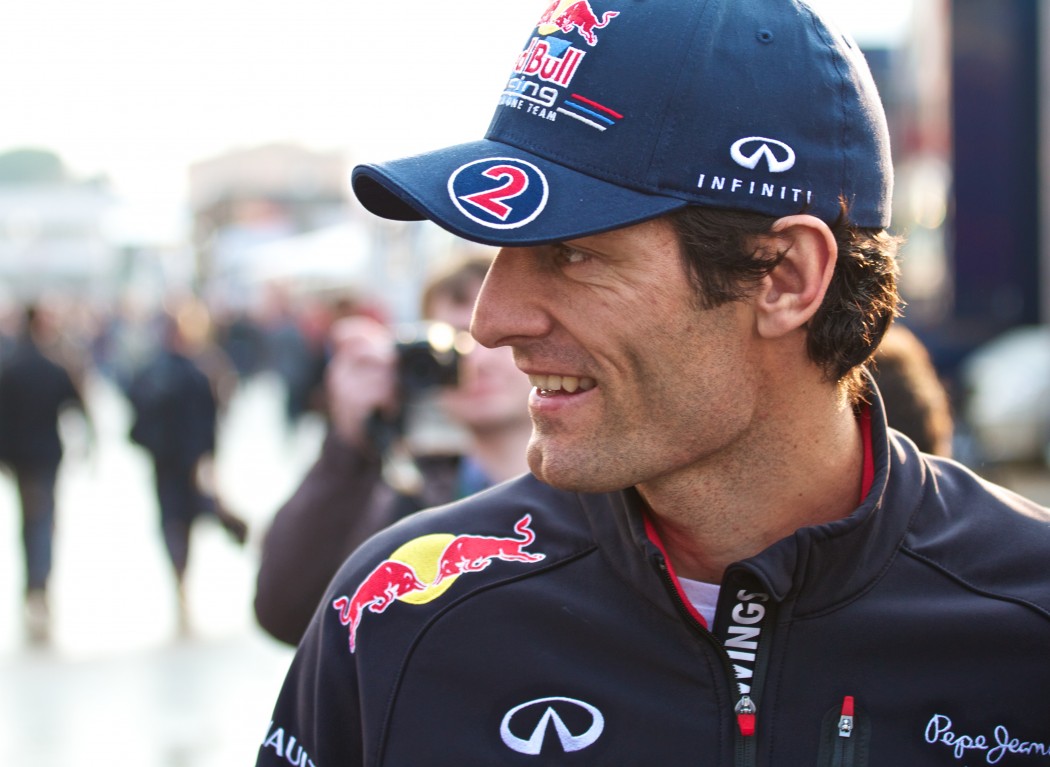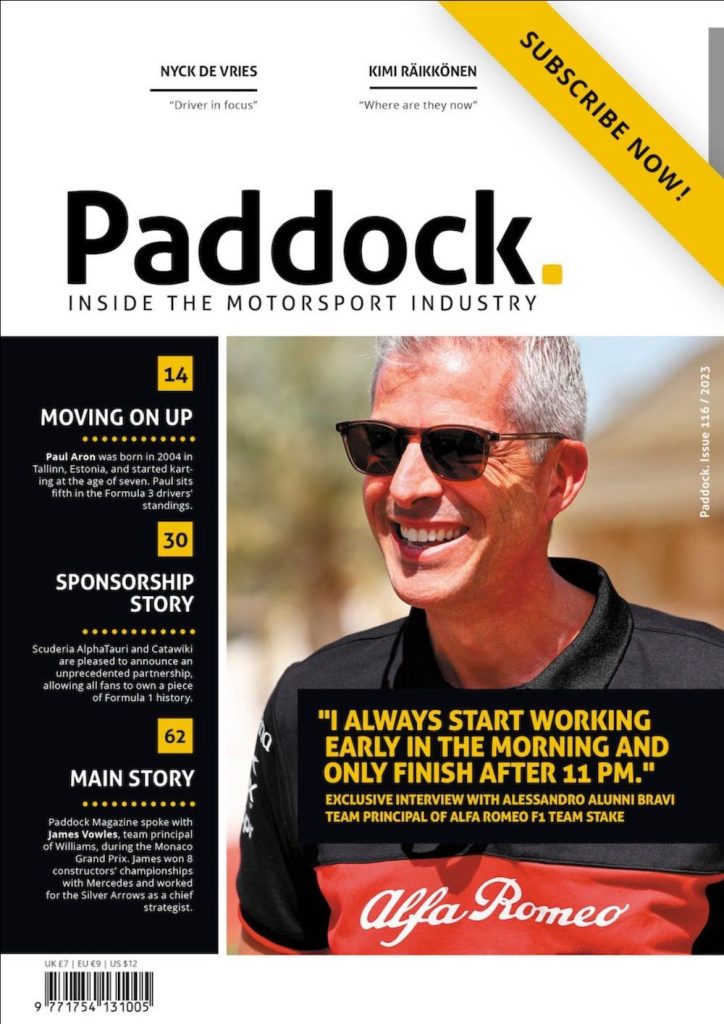Business insights from the world of sport are nothing new, but somewhere in the middle of an inspirational story it is useful to find key points which can actually make a difference. Mark Gallagher shares some of those points with the Paddock magazine.
What is it that distinguishes top Formula 1 drivers from the also-rans? Here are my top five takeaways garnered from actually bringing drivers such as David Coulthard, Mika Hakkinen, Mark Webber and Jacques Villeneuve into a corporate environment, and asking them to share their insights about what it takes to succeed.
Natural ability is a great foundation, but never enough to succeed. The winners in this sport understand the benefits of continuous improvement, and thus spend a significant amount of time honing their skills and learning from mistakes. They develop close working relationships with their engineers and technicians, extracting additional performance from themselves and their cars. They also attend to the other areas affecting their performance and determining their career trajectory, be that in terms of physical fitness or the way in which they work with the teams customers – aka sponsors – who ultimately pay their salaries.
He opted to follow the same career path and accept that while risk is ever present, it can be managed.
Surround yourself with the best people. All successful Formula 1 drivers understand the importance of a good team, and recognise that the only way they will stand on the top step of the podium is if they have the best designers, engineers, mechanics and pit crew. People often level the criticism that World Champions usually have the benefit of driving the best car. In reality, no World Championship has ever been won by a bad car, so the top drivers gravitate towards the teams of people who create the best engineered solutions.
The truth is in your performance data. Formula 1 cars integrate complex technologies and are monitored real time thanks to twenty five years of investment in data acquisition and analysis. In the quest for continuous improvement, the marginal gains to be won by focusing on the performance of all the vehicle’s systems and the inputs of the driver are significant. The Sennas, Schumachers and Vettels of this world spend hours looking at their KPIs, working to mitigate risk and optimise performance. Those extra hours spent pouring over the key metrics and data points determine the winning margin.
Play to your strengths, work on your weaknesses. Ayrton Senna’s sister tells the story of how, as a youngster racing karts, the Brazilian superstar was frustrated by his poor performance in the rain. Driving in the wet was not a strength, so he set about practicing every time it rained. When he first came to prominence in Formula 1 almost winning the 1984 Monaco Grand Prix in an uncompetitive car, it was pouring with rain. Similarly, when he won his first Grand Prix in Portugal in 1985, he used the wet conditions to his advantage, winning by over one minute and lapping everyone up to 2nd place. He had turned a weakness into a strength.
Do not fear risk. Jacques Villeneuve became World Champion in spite of the fact that, as a 11-year-old, he lost his father Gilles to a fatal accident in the 1982 Belgian Grand Prix. He opted to follow the same career path and accept that while risk is ever present, it can be managed. Taking risks is an inherent part of becoming successful in Formula 1, whether by the driver taking a calculated risk on the race track, or the team pressing ahead with a radical innovation. It is when we don’t take risks that we soon fall behind the competition.










Related Articles